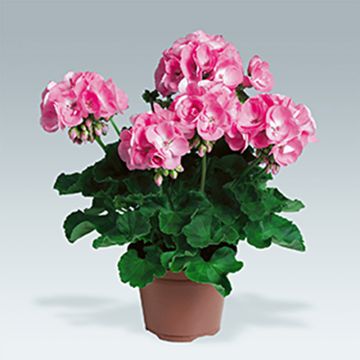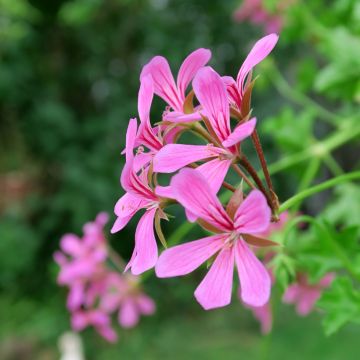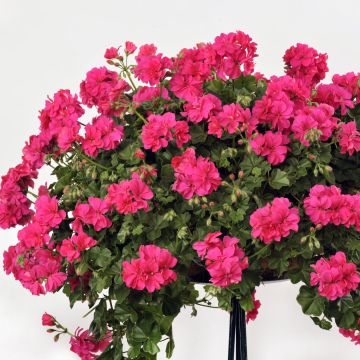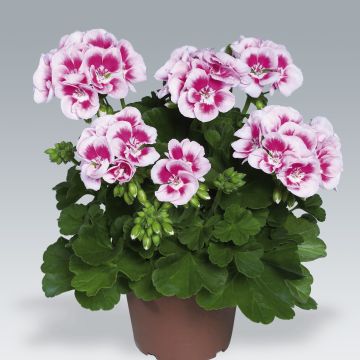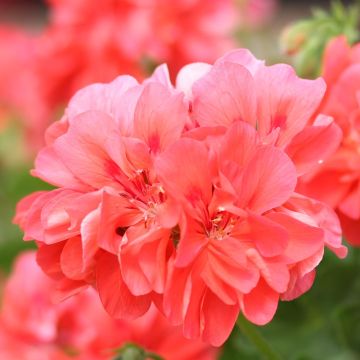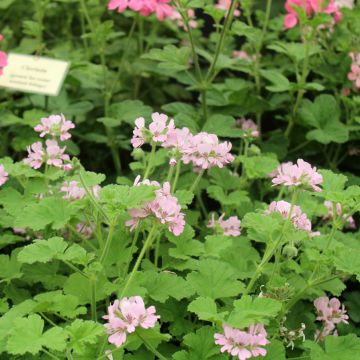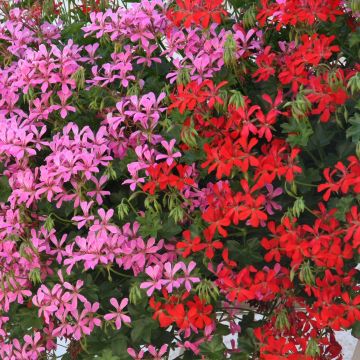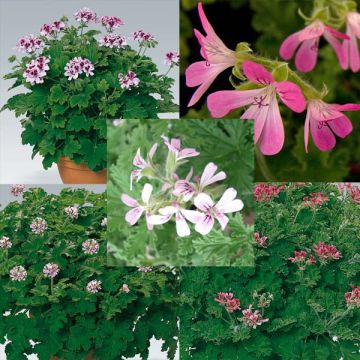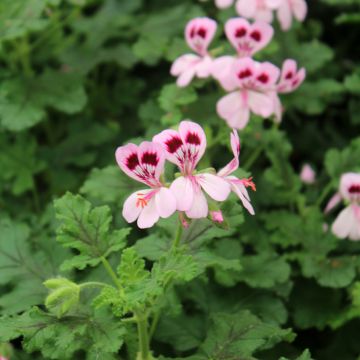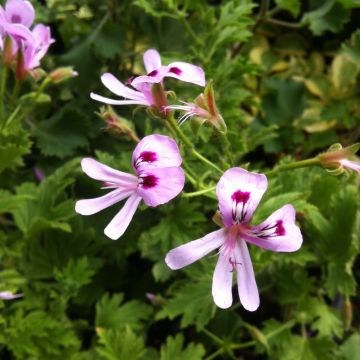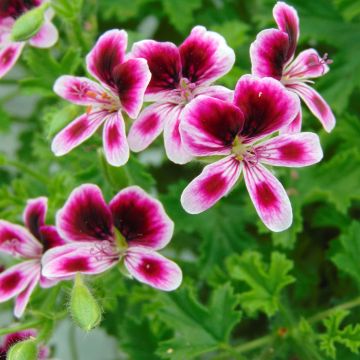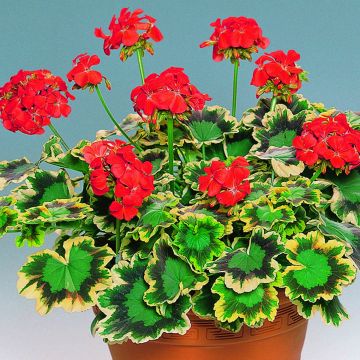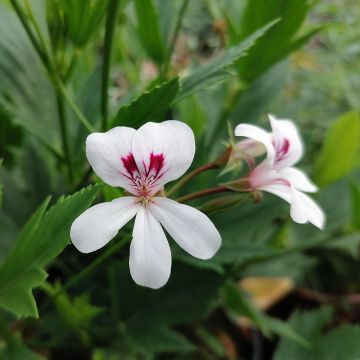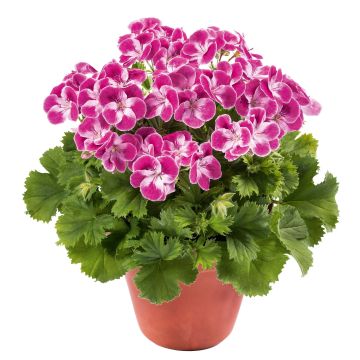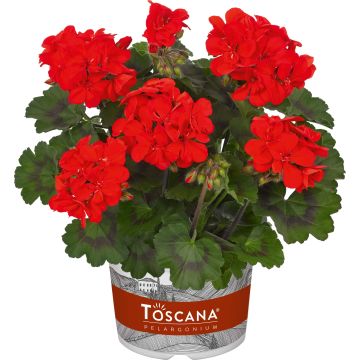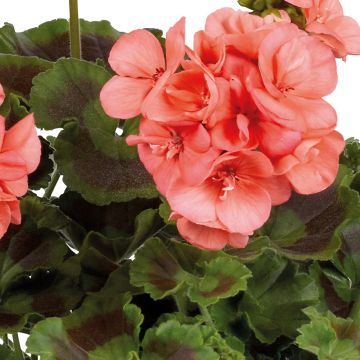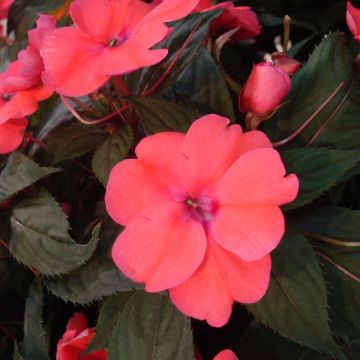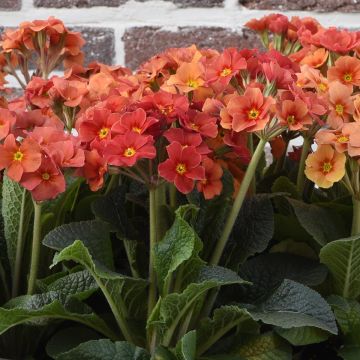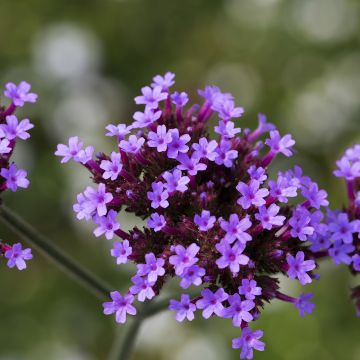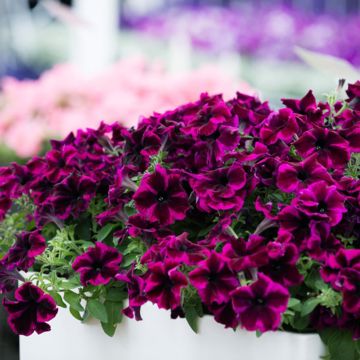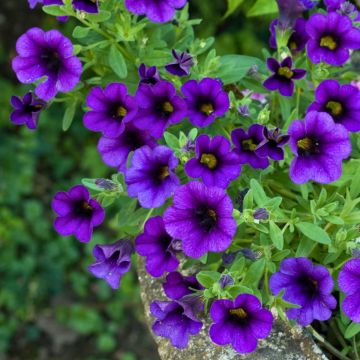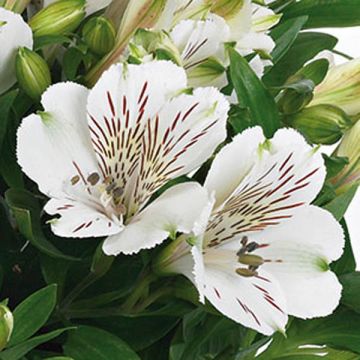Shipping country and language
Your country of residence may be:
Your country of residence is:
For a better user experience on our website, you can select:
Your shipping country:
-
Andorra
-
Austria
-
Belgium
-
Bulgaria
-
Canada
-
Chile
-
Croatia
-
Cyprus
-
Czechia
-
Denmark
-
Estonia
-
Finland
-
France
-
Germany
-
Greece
-
Hungary
-
Iceland
-
Ireland
-
Italy
-
Latvia
-
Lithuania
-
Luxembourg
-
Malta
-
Monaco
-
Netherlands
-
Poland
-
Portugal
-
Romania
-
Slovakia
-
Slovenia
-
Spain
-
Sweden
-
Switzerland
-
United Kingdom
We only deliver seed and bulb products to your country. If you add other products to your basket, they cannot be shipped.
Language:
-
French
-
German
-
Spanish
-
English
-
Italian
My Account
Hello
My wish lists
Log in / Register
Existing customer?
New customer?
Create an account to track your orders, access our customer service and, if you wish, make the most of our upcoming offers.
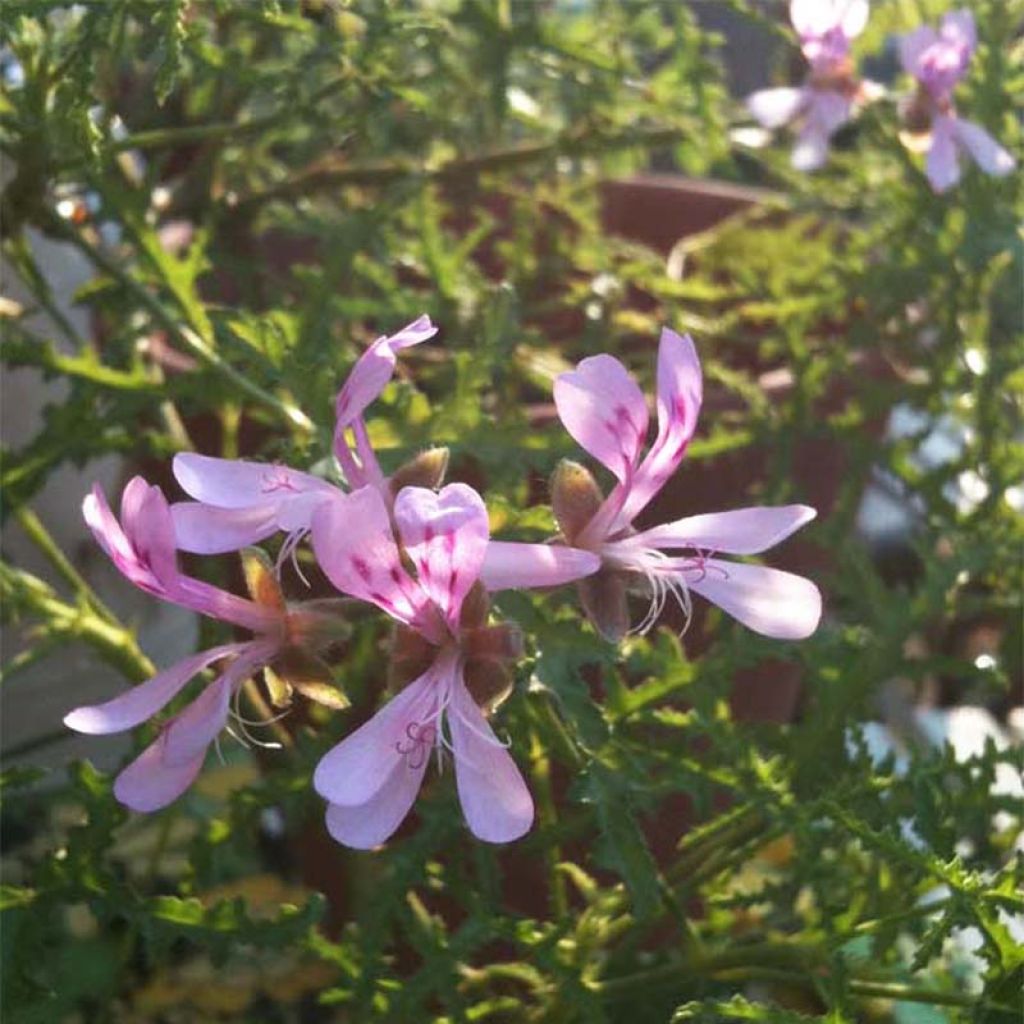

Pélargonium odorant Filicifolium - Géranium d'odeur au parfum épicé.
Pelargonium denticulatum Filicifolium
Pelargonium denticulatum Filicifolium
Fern-leaved geranium
Why not try an alternative variety in stock?
View all →Order in the next for dispatch today!
Dispatch by letter from €3.90.
Delivery charge from €5.90 Oversize package delivery charge from €6.90.
More information
This item is not available in your country.
Schedule delivery date,
and select date in basket
This plant carries a 6 months recovery warranty
More information
We guarantee the quality of our plants for a full growing cycle, and will replace at our expense any plant that fails to recover under normal climatic and planting conditions.
From €5.90 for pickup delivery and €6.90 for home delivery
Express home delivery from €8.90.
Does this plant fit my garden?
Set up your Plantfit profile →
Description
The fern-leaved Geranium, is a very unique variety of geranium with foliage that resembles that of a fern or wild asparagus. It reveals a spicy and balsamic fragrance when touched or when it's warm. Its summer flowering in small umbels of lavender-pink flowers speckled with purple is quite charming. It should be grown in full sun, in well-drained soil, and pruned to maintain its compact habit. It can only be grown in the ground in our mildest regions, unaffected by frost.
The fern-leaved Geranium, 'Filifolium', is derived from the Pelargonium denticulatum, a botanical species that has become rare in its natural environment. This species is found in a very small region located in the southwest of Cape Town, South Africa, growing on the slopes of mountains and near river ravines. 'Filifolium' is a beautiful cultivar, highly aromatic, with foliage that is even softer and finer than the typical species. The plant has an upright bushy habit and branched stems that lignify over time. This variety reaches a height of 60 cm (24in) and a spread of 40 cm (16in). Its remarkable foliage is composed of greyish-green leaves, finely incised with heavily dentate edges, slightly sticky to the touch, and strongly aromatic, combining the scent of pine resin with a hint of rose. Flowering takes place from June-July to September, in the form of small umbels bearing delicate pale lavender-pink flowers, perhaps less spectacular than those of classic perennial or annual hybrids, but more authentic. The two upper petals, marked with two red spots, give them a refined appearance.
With a simple touch, the fern-leaved Geranium releases a powerful fragrance, and at the slightest glance, it entices passers-by to touch its surprising foliage. So plant it, in a pot or in the ground, in a place where you can touch it, along a pathway or in a pot on the terrace or veranda. Scented geraniums are precious for perfuming a room, where they delight us with their sometimes unexpected and wonderful scents. We once came to a halt, after a rainfall, in front of a bed of scented geraniums and spent a long time immersing ourselves in a little symphony of delicate fragrances. In mild climates, it is a plant that tolerates summer drought quite well and requires very little maintenance, making it valuable for dry gardens.
Try flavouring a recipe with the scent of the fern-leaved Geranium, it works! The edible leaves are used in fruit salads and potpourri.
Report an error about the product description
Pelargonium denticulatum Filicifolium in pictures
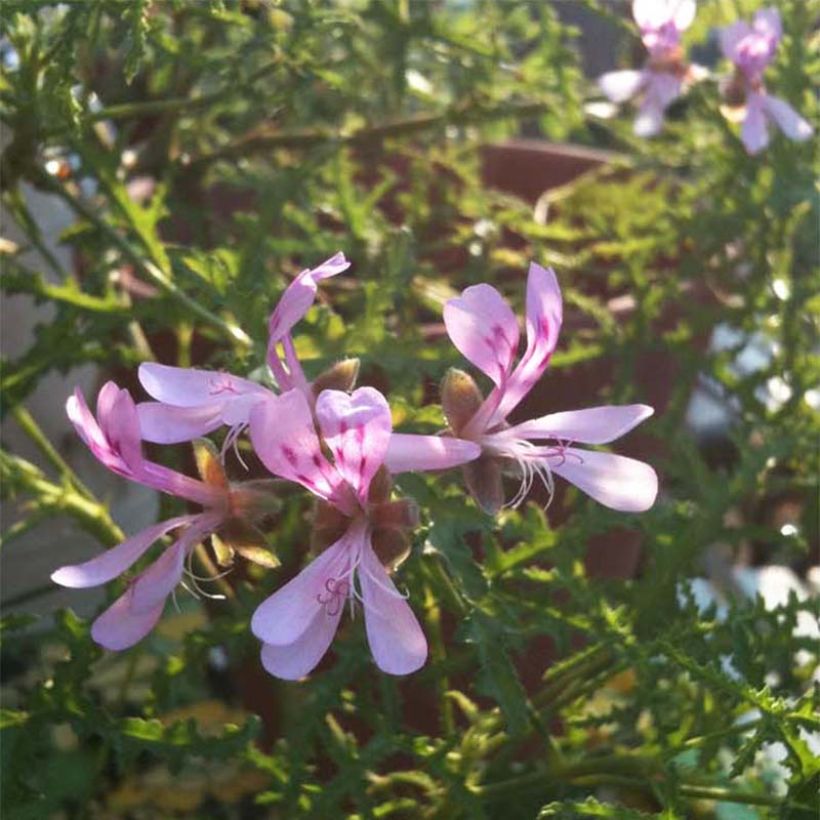

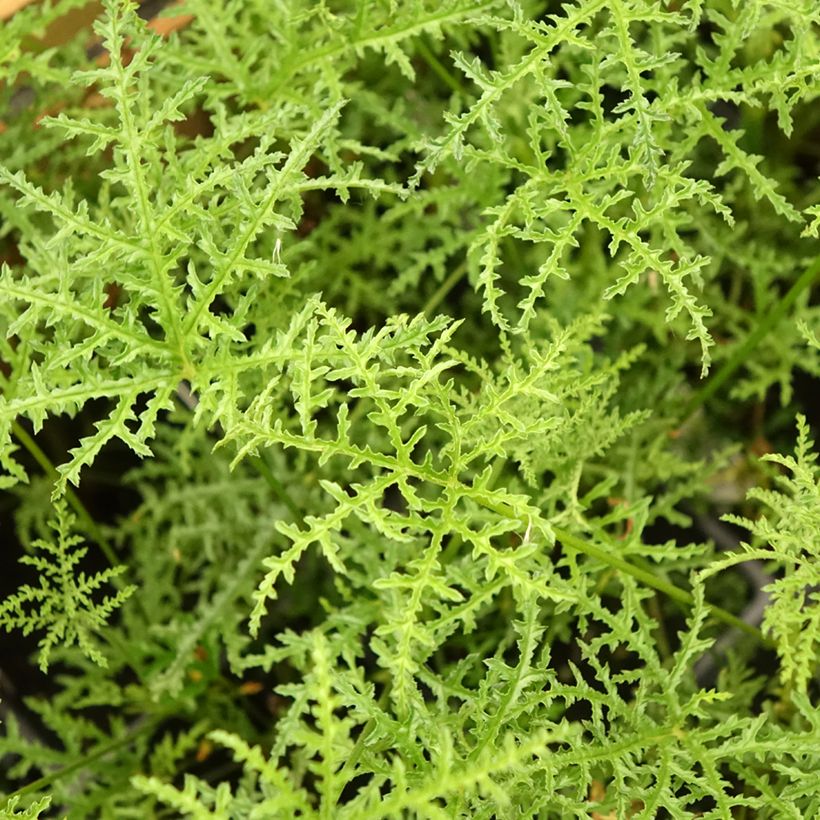

Flowering
Foliage
Plant habit
Botanical data
Pelargonium
denticulatum
Filicifolium
Geraniaceae
Fern-leaved geranium
Cultivar or hybrid
Other Pelargonium - Geranium
Planting and care
Plant your seedlings in the open ground after the last frosts, in a sunny position. You can also plant them in pots in a sheltered location, which you can then take outdoors in May. If you plant them in the open ground, wait until the frosts have passed. Fragrant geraniums require well-drained soil, but not necessarily very rich soil. Water moderately. In pots, regular watering is necessary in summer. You can protect your geraniums by bringing them indoors, under a veranda or in a cold greenhouse or bright, unheated room in winter.
They can tolerate a light frost (-3/-4°C (26.6/24.8°F)), but they will not survive the winter in the garden, except by the seaside.
Planting period
Intended location
Care
This item has not been reviewed yet - be the first to leave a review about it.
Plug plants - Annuals
Haven't found what you were looking for?
Hardiness is the lowest winter temperature a plant can endure without suffering serious damage or even dying. However, hardiness is affected by location (a sheltered area, such as a patio), protection (winter cover) and soil type (hardiness is improved by well-drained soil).

Photo Sharing Terms & Conditions
In order to encourage gardeners to interact and share their experiences, Promesse de fleurs offers various media enabling content to be uploaded onto its Site - in particular via the ‘Photo sharing’ module.
The User agrees to refrain from:
- Posting any content that is illegal, prejudicial, insulting, racist, inciteful to hatred, revisionist, contrary to public decency, that infringes on privacy or on the privacy rights of third parties, in particular the publicity rights of persons and goods, intellectual property rights, or the right to privacy.
- Submitting content on behalf of a third party;
- Impersonate the identity of a third party and/or publish any personal information about a third party;
In general, the User undertakes to refrain from any unethical behaviour.
All Content (in particular text, comments, files, images, photos, videos, creative works, etc.), which may be subject to property or intellectual property rights, image or other private rights, shall remain the property of the User, subject to the limited rights granted by the terms of the licence granted by Promesse de fleurs as stated below. Users are at liberty to publish or not to publish such Content on the Site, notably via the ‘Photo Sharing’ facility, and accept that this Content shall be made public and freely accessible, notably on the Internet.
Users further acknowledge, undertake to have ,and guarantee that they hold all necessary rights and permissions to publish such material on the Site, in particular with regard to the legislation in force pertaining to any privacy, property, intellectual property, image, or contractual rights, or rights of any other nature. By publishing such Content on the Site, Users acknowledge accepting full liability as publishers of the Content within the meaning of the law, and grant Promesse de fleurs, free of charge, an inclusive, worldwide licence for the said Content for the entire duration of its publication, including all reproduction, representation, up/downloading, displaying, performing, transmission, and storage rights.
Users also grant permission for their name to be linked to the Content and accept that this link may not always be made available.
By engaging in posting material, Users consent to their Content becoming automatically accessible on the Internet, in particular on other sites and/or blogs and/or web pages of the Promesse de fleurs site, including in particular social pages and the Promesse de fleurs catalogue.
Users may secure the removal of entrusted content free of charge by issuing a simple request via our contact form.
The flowering period indicated on our website applies to countries and regions located in USDA zone 8 (France, the United Kingdom, Ireland, the Netherlands, etc.)
It will vary according to where you live:
- In zones 9 to 10 (Italy, Spain, Greece, etc.), flowering will occur about 2 to 4 weeks earlier.
- In zones 6 to 7 (Germany, Poland, Slovenia, and lower mountainous regions), flowering will be delayed by 2 to 3 weeks.
- In zone 5 (Central Europe, Scandinavia), blooming will be delayed by 3 to 5 weeks.
In temperate climates, pruning of spring-flowering shrubs (forsythia, spireas, etc.) should be done just after flowering.
Pruning of summer-flowering shrubs (Indian Lilac, Perovskia, etc.) can be done in winter or spring.
In cold regions as well as with frost-sensitive plants, avoid pruning too early when severe frosts may still occur.
The planting period indicated on our website applies to countries and regions located in USDA zone 8 (France, United Kingdom, Ireland, Netherlands).
It will vary according to where you live:
- In Mediterranean zones (Marseille, Madrid, Milan, etc.), autumn and winter are the best planting periods.
- In continental zones (Strasbourg, Munich, Vienna, etc.), delay planting by 2 to 3 weeks in spring and bring it forward by 2 to 4 weeks in autumn.
- In mountainous regions (the Alps, Pyrenees, Carpathians, etc.), it is best to plant in late spring (May-June) or late summer (August-September).
The harvesting period indicated on our website applies to countries and regions in USDA zone 8 (France, England, Ireland, the Netherlands).
In colder areas (Scandinavia, Poland, Austria...) fruit and vegetable harvests are likely to be delayed by 3-4 weeks.
In warmer areas (Italy, Spain, Greece, etc.), harvesting will probably take place earlier, depending on weather conditions.
The sowing periods indicated on our website apply to countries and regions within USDA Zone 8 (France, UK, Ireland, Netherlands).
In colder areas (Scandinavia, Poland, Austria...), delay any outdoor sowing by 3-4 weeks, or sow under glass.
In warmer climes (Italy, Spain, Greece, etc.), bring outdoor sowing forward by a few weeks.

